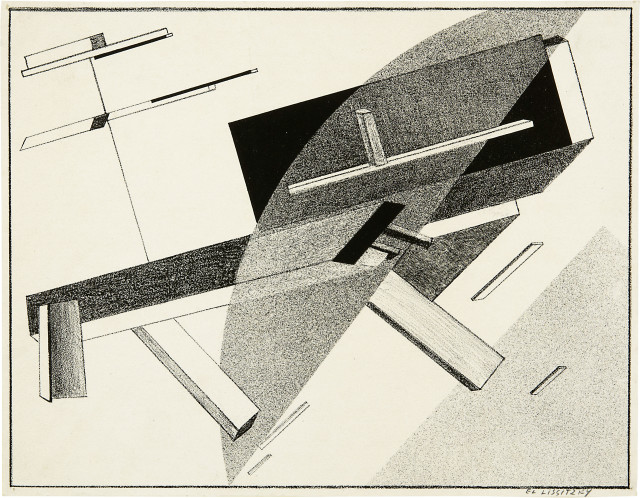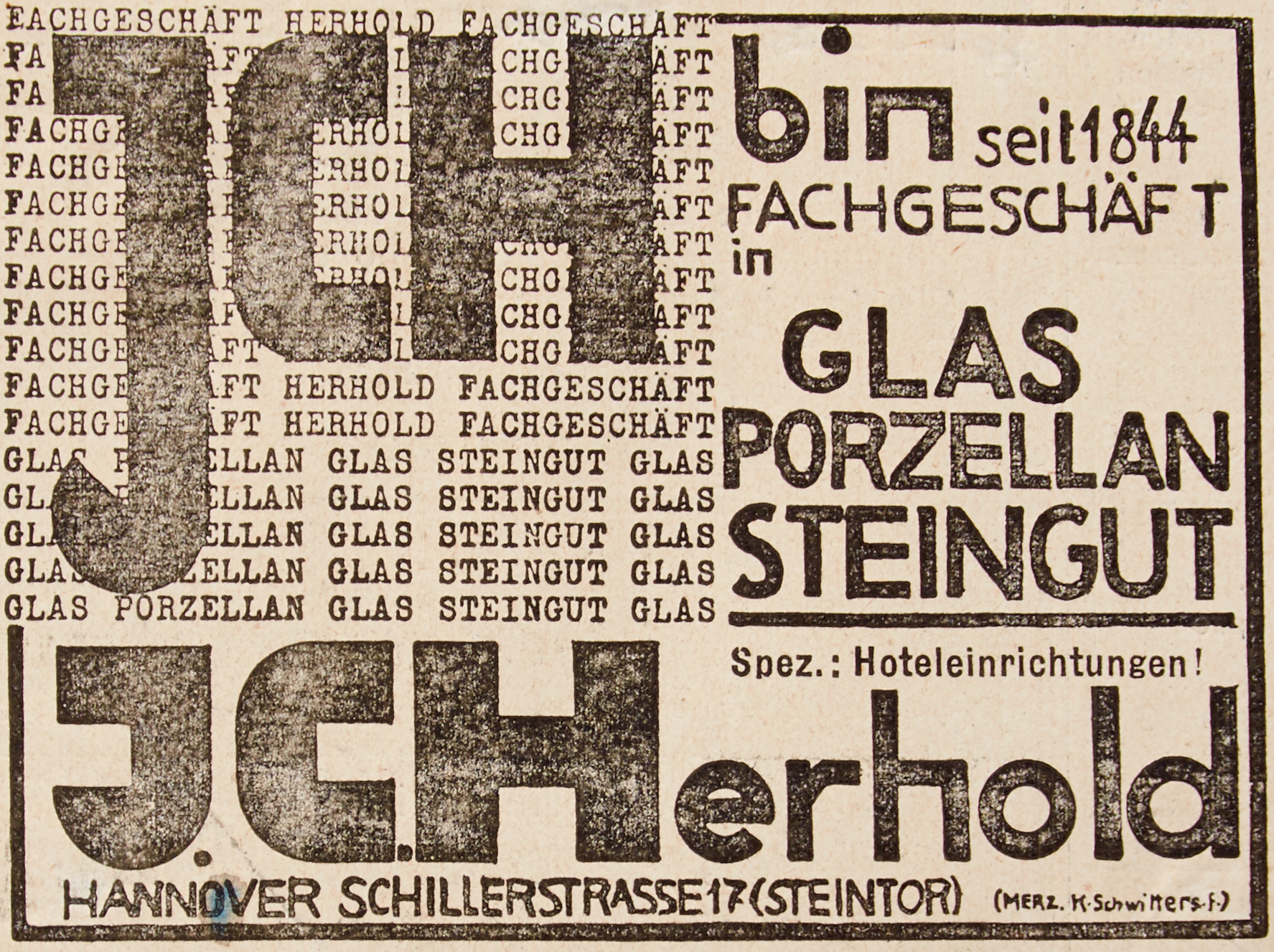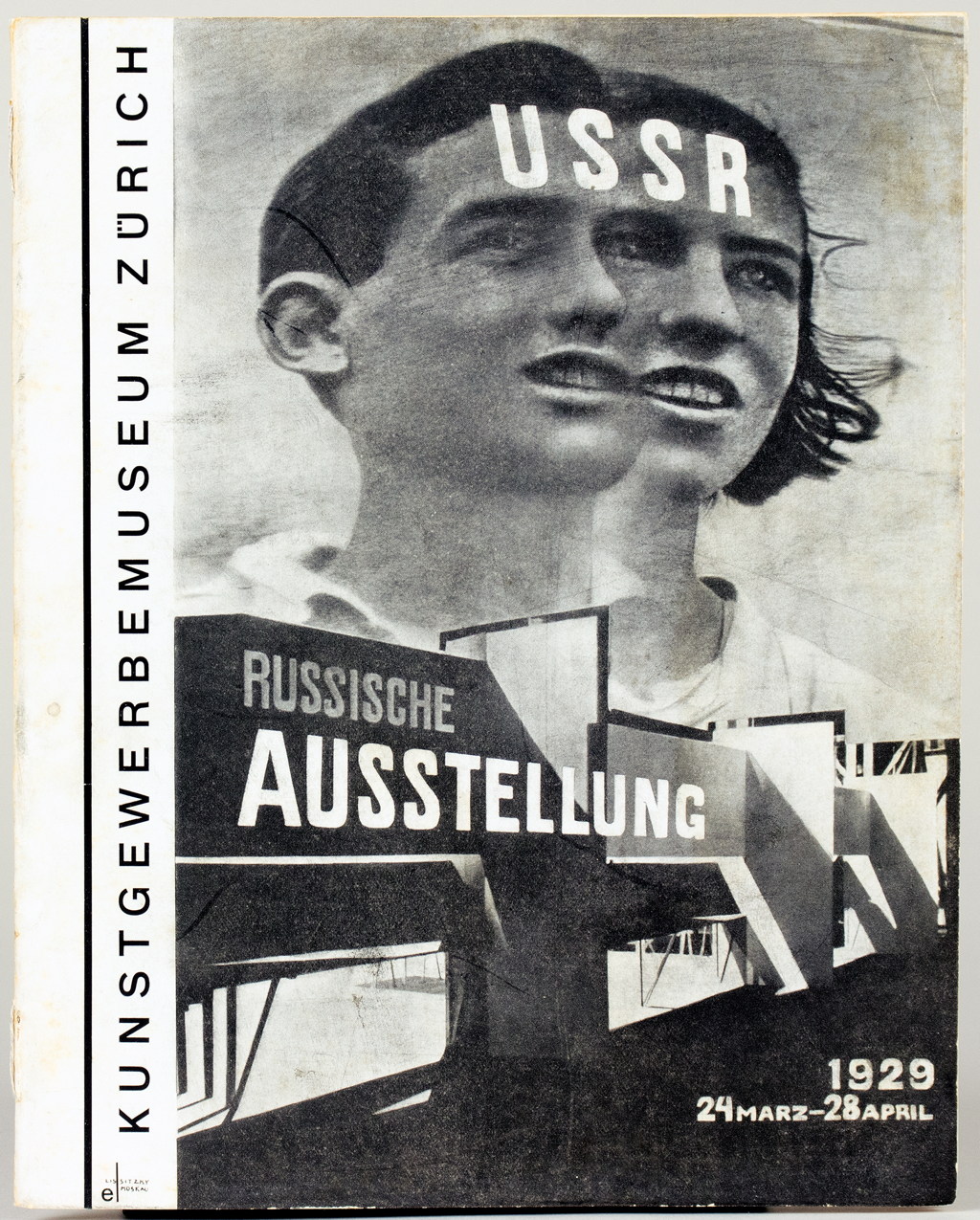El Lissitzky Runner in the City c. 1926 Gelatin silver print, printed later. 12.4 × 10.3 cm (4 7/8 × 4 in)
Provenance Christie’s, New York, Photographs from the Estate of Thomas T. Solley, 14 February 2007, lot 46 Exhibited Montreal, The Montreal Museum, The 1920s: The Age of Metropolis, 20 June–10 November 1991 The Great Utopia, The Russian and Soviet Avant-Garde: 1915–1932, Guggenheim Museum, New York; Schirn Kunsthalle, Frankfurt; Stedelijk Museum Amsterdam, 1 March–10 December 1992 Atlanta, High Museum of Art, This Sporting Life 1878–1991, 16 May–13 September 1993 Nationaljahre Berlin, George Grosz Berlin–New York, December 1994–April 1995 Chicago, The Art Institute of Chicago, Avant-Garde Art in Everyday Life, 11 June–9 October 2011 (each another example exhibited) Literature J. Clair, ed., The 1920s: Age of the Metropolis, 1991, pl. 307, p. 223 M. Tupitsyn, El Lissitzky Experiments in Photography, Houk Friedman, 1991, pl. 12, p. 31 Catalogue Essay Otherprints of this imageare held in the collections of the Museum of Modern Art, New York, and Metropolitan Museum of Art, New York. El Lissitzky was always finding new ways to work and collaborate as an artist, driven by his virtuosic talent and insatiable need to create. Demonstrating his sheer versatility, the present lot was made during a period when he had become particularly influenced by important artists of the time such as Marc Chagall and Kazimir Malevich and was personally devoting a lot of time to architectural design. In 1926 Lissitzky joined colleagues from the Association of New Architects (ASNOVA) in designing a new sports club, his contribution being this kinetic representation of an urban athlete, intended as a model for a large frieze. He combined images of at least three separate elements – the runner, the track and hurdle, and a double exposure of Times Square – into a single print, creating a layered and buzzing composition that resembles a three dimensional ‘object’. Almost scientifically, Lissitzky examines man as machine, calling to mind Eadweard J. Muybridge’s Animal Locomotion (1887), with its regimented frames of human and animal movement captured on multiple cameras. The valiant figure fuses with the dynamic tapestry of his environment, striding forward as an emblem of human achievement, and acting as a metaphor for industrial progress. The running figure also, perhaps, symbolises freedom of expression – very much a concern within Lissitzky’s diverse circle of artists and intellectuals at the time. As well as enshrining Lissitzky’s layered symbolism and any deeper messages he may have wished to convey, this piece is also a clear example of the way he liked to use photography as an artistic vehicle rather than acting as a ‘photographer’. It is rare to find a straightforward shot by El Lissitzky; for him such things were quickly-snapped composites intended for piecing together later in the darkroom. There, employing the full possibilities of the photographic arts – sometimes making use of a double exposure, at others using a photogram as his starting base – Lissitzky practised his pioneering visual alchemy to conjure the final, definitive image. Read More
El Lissitzky Runner in the City c. 1926 Gelatin silver print, printed later. 12.4 × 10.3 cm (4 7/8 × 4 in)
Provenance Christie’s, New York, Photographs from the Estate of Thomas T. Solley, 14 February 2007, lot 46 Exhibited Montreal, The Montreal Museum, The 1920s: The Age of Metropolis, 20 June–10 November 1991 The Great Utopia, The Russian and Soviet Avant-Garde: 1915–1932, Guggenheim Museum, New York; Schirn Kunsthalle, Frankfurt; Stedelijk Museum Amsterdam, 1 March–10 December 1992 Atlanta, High Museum of Art, This Sporting Life 1878–1991, 16 May–13 September 1993 Nationaljahre Berlin, George Grosz Berlin–New York, December 1994–April 1995 Chicago, The Art Institute of Chicago, Avant-Garde Art in Everyday Life, 11 June–9 October 2011 (each another example exhibited) Literature J. Clair, ed., The 1920s: Age of the Metropolis, 1991, pl. 307, p. 223 M. Tupitsyn, El Lissitzky Experiments in Photography, Houk Friedman, 1991, pl. 12, p. 31 Catalogue Essay Otherprints of this imageare held in the collections of the Museum of Modern Art, New York, and Metropolitan Museum of Art, New York. El Lissitzky was always finding new ways to work and collaborate as an artist, driven by his virtuosic talent and insatiable need to create. Demonstrating his sheer versatility, the present lot was made during a period when he had become particularly influenced by important artists of the time such as Marc Chagall and Kazimir Malevich and was personally devoting a lot of time to architectural design. In 1926 Lissitzky joined colleagues from the Association of New Architects (ASNOVA) in designing a new sports club, his contribution being this kinetic representation of an urban athlete, intended as a model for a large frieze. He combined images of at least three separate elements – the runner, the track and hurdle, and a double exposure of Times Square – into a single print, creating a layered and buzzing composition that resembles a three dimensional ‘object’. Almost scientifically, Lissitzky examines man as machine, calling to mind Eadweard J. Muybridge’s Animal Locomotion (1887), with its regimented frames of human and animal movement captured on multiple cameras. The valiant figure fuses with the dynamic tapestry of his environment, striding forward as an emblem of human achievement, and acting as a metaphor for industrial progress. The running figure also, perhaps, symbolises freedom of expression – very much a concern within Lissitzky’s diverse circle of artists and intellectuals at the time. As well as enshrining Lissitzky’s layered symbolism and any deeper messages he may have wished to convey, this piece is also a clear example of the way he liked to use photography as an artistic vehicle rather than acting as a ‘photographer’. It is rare to find a straightforward shot by El Lissitzky; for him such things were quickly-snapped composites intended for piecing together later in the darkroom. There, employing the full possibilities of the photographic arts – sometimes making use of a double exposure, at others using a photogram as his starting base – Lissitzky practised his pioneering visual alchemy to conjure the final, definitive image. Read More


.jpg)











Testen Sie LotSearch und seine Premium-Features 7 Tage - ohne Kosten!
Lassen Sie sich automatisch über neue Objekte in kommenden Auktionen benachrichtigen.
Suchauftrag anlegen